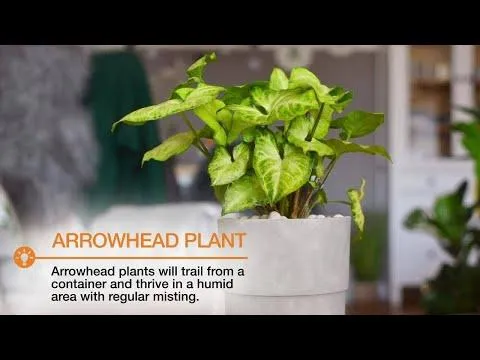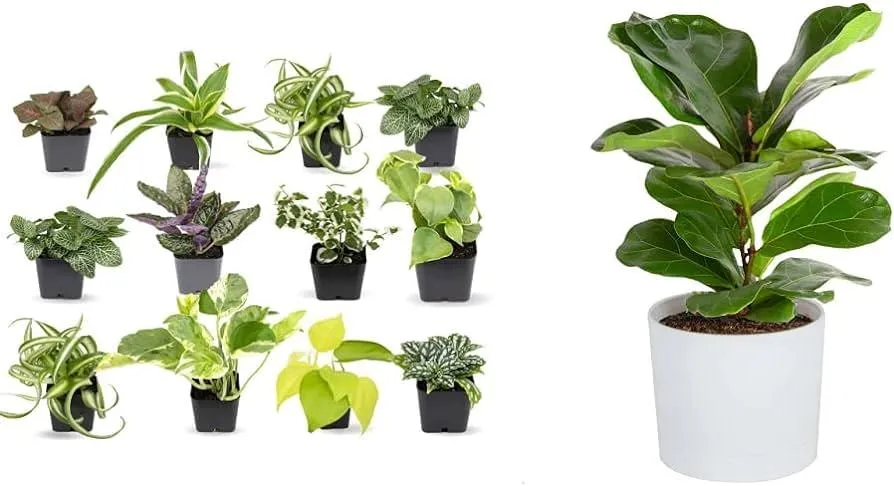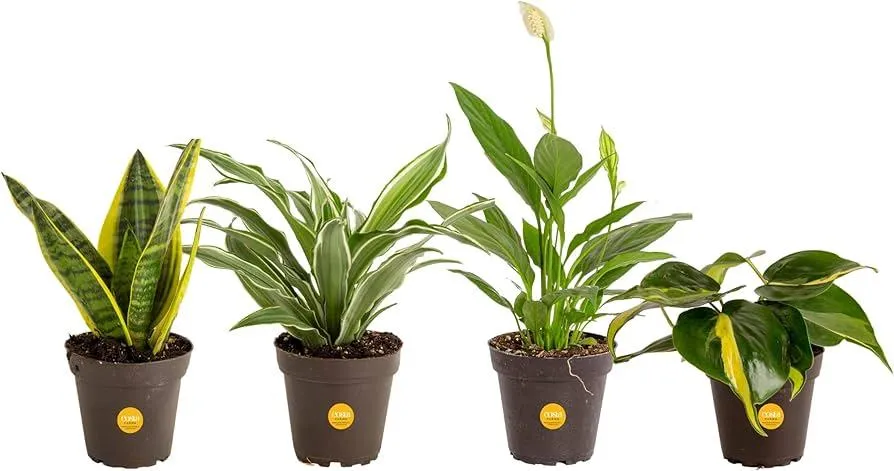Everything You Need to Know About Indoor Houseplants
Whether you’re looking to add some greenery to your home or want the air-purifying benefits of plants indoors, houseplants are a great option. As indoor “trees,” they can provide beauty and nature inside your walls. But with so many plant varieties to choose from, it can feel overwhelming to know where to start. This comprehensive guide will answer all your questions about caring for indoor houseplants.
Popular Types of Indoor Plants
There are many beautiful houseplants suitable for growing inside. Here are some of the most common and user-friendly options:
- Pothos – Also called devil’s ivy, pothos is extremely hardy and tolerant of low light. It’s practically impossible to kill.
- Snake plant – Known for being very low maintenance. Snake plants can go long periods without water and thrive in low-light areas.
- ZZ plant – Similar to snake plants, ZZs are tough as nails. They don’t mind being ignored and will remove indoor toxins from the air.
- Peace lily – With beautiful white flowers, peace lilies are good for cleaning formaldehyde from indoor air. They thrive with medium light.
Choosing a Location
Proper lighting is essential for healthy houseplants. Most do best in medium to bright, indirect sunlight. Direct sun through a west- or south-facing window can scorch leaves. East-facing windows provide gentle morning light. North-facing ones deliver low, safe light perfect for low-light plants.
Also consider proximity to heating vents, which may dry out soil. Bathrooms are humid but may lack sufficient light. Kitchens have good windows but risk accidental spills. Experiment to see what spot works best!
Watering Needs
Under- or over-watering are common causes of plant demise. The general rule is to let topsoil dry out slightly between waterings. That said, each type has unique needs. Pothos can go longer on the dry side compared to peace lilies, which like consistently moist soil. Some signs of underwatering include wilted or curled leaves.

To water properly, submerge the entire pot in a container of water for 10 minutes to fully hydrate the soil from the bottom up. Pour off any excess water that collects in the saucer or pot’s drainage holes.
Fertilizing Plants
Most houseplants appreciate an all-purpose fertilizer diluted to half or quarter strength and applied during the growing season, March through October. Granular or liquid formulas work equally well, applied every 4-6 weeks per label instructions. This provides key nitrogen, phosphorus and potassium to stay healthy.
Plants potted in sterile potting mix may also need occasional supplements like compost tea or worm castings for trace micronutrients. But indoor plants thrive more on KIND treatment than FANCY products – a little TLC goes a long way!
Pruning and Pests
Pruning helps shape plants and remove leggy or damaged growth. Most indoor varieties simply need occasional pinch or trim of leggy stems. Pests are uncommon indoors, but keep an eye out for signs of spider mites or mealybugs. A gentle neem oil spray or insecticidal soap takes care of minor problems before they spread.
Repotting into a larger container is necessary every 1-3 years as roots fill the pot. Repot in early spring using fresh, soil-less potting mix. Cut any tangled or circling roots before replanting to promote downward growth.

Common Problems Solved
Even experienced plant parents deal with issues sometimes. Here are solutions for frequent problems:
- Brown tips/edges: Usually from irregular watering. Check moisture consistency and ensure good drainage/air circulation
- Yellowing/drooping leaves: Often due to under-watering or low humidity. Check moisture level and group plants together for mutual humidity
- Sparse, leggy growth: Lack of sufficient light. Rotate plants weekly to fill out and move to a brighter spot if needed
- Soil won’t drain: Sign container or mix is decompacted or root-bound. Carefully remove plant and loosen soil or pot upsize
With minimal care, these plants can thrive for years indoors! Don’t be afraid of the occasional failure. Learning through trial and error lets you build plant parenting skills over time. Just be patient – no tree grew overnight!
I hope this guide has answered all your questions about choosing and caring for wonderful indoor houseplants. Feel free to experiment until you find varieties that match your space and lifestyle. Happy planting!
Top Houseplants for Indoor Spaces
| Plant | Light Needs | Water Needs | Growing Difficulty |
|---|---|---|---|
| Pothos | Low | Allow soil to dry slightly between waterings | Easy |
| Philodendron | Low-Medium | Water when top inch of soil is dry | Easy |
| Snake plant | Low | Water every 2-4 weeks | Very easy |
| Peace lily | Medium | Water when soil is dry | Easy |
| Chinese evergreen | Medium | Water when top inch of soil is dry | Moderate |
| ZZ plant | Low | Water when top inch of soil is dry | Very easy |
FAQ
-
Do indoor trees need sunlight? Basically, most houseplants need at least some sunlight to thrive. However, there are certain tree varieties like bamboo and Chinese evergreen that can survive with lower light. It’s best to research the light requirements for whatever tree you pick.
-
How often should I water an indoor tree? The frequency of watering depends on the tree type and conditions. As a general rule, check the soil daily and water when the top inch becomes dry. Maybe water trees in pots more regularly than those planted in soil. The key is watching for signs of wilting or drooping leaves.

-
Should I fertilize indoor trees? Sort of – fertilizing indoor trees isn’t completely necessary but it won’t hurt. You can use a diluted liquid houseplant fertilizer every few months during the spring and summer. The size of the tree and amount of new growth will determine if fertilizer is needed. Too much fertilizer can actually harm plant health.
-
How do I prune an indoor tree? Trimming indoor trees follows sort of the same principles as outdoors. Use sharp, sterilized pruning shears. Cut back leggy growth or thin crowded branches. Be careful not to cut into the old wood on mature trees. Pruning helps encourage bushier growth and keeps trees at a manageable size for your home. At the same time, avoid over-pruning as it can shock certain tree varieties.
-
What pests affect indoor trees? Mealybugs, scale insects, and spider mites are some of the major pests that trees encounter indoors. You might see cottony masses or sticky residue. Isolate infected plants immediately before the issue spreads. Consider removing heavy infestations. Sprays containing insecticidal soaps are often effective against sap-sucking pests. Hopefully your trees remain pest-free!
-
How do I transplant an indoor tree? Whenever moving or up-potting a tree, try to keep as much of its original root ball intact as possible. Trees hate root disturbance. Pick the new container based on several inches larger diameter than the current one. Use fresh soil and fill in around the edges. Stake it if needed and gradually increase light exposure over a week. Cross your fingers it takes! A little TLC goes a long way.
-
What are some good types of indoor trees? Popular varieties include ficus, schefflera, bamboo palm, Chinese evergreen and jade. Citrus like lemon or lime add a nice scent too. For low light, consider snake plant or pothos. Bonsai is a fun art form as well. Dwarf umbrella tree produces colorful leaves. What type sparks your interest?

